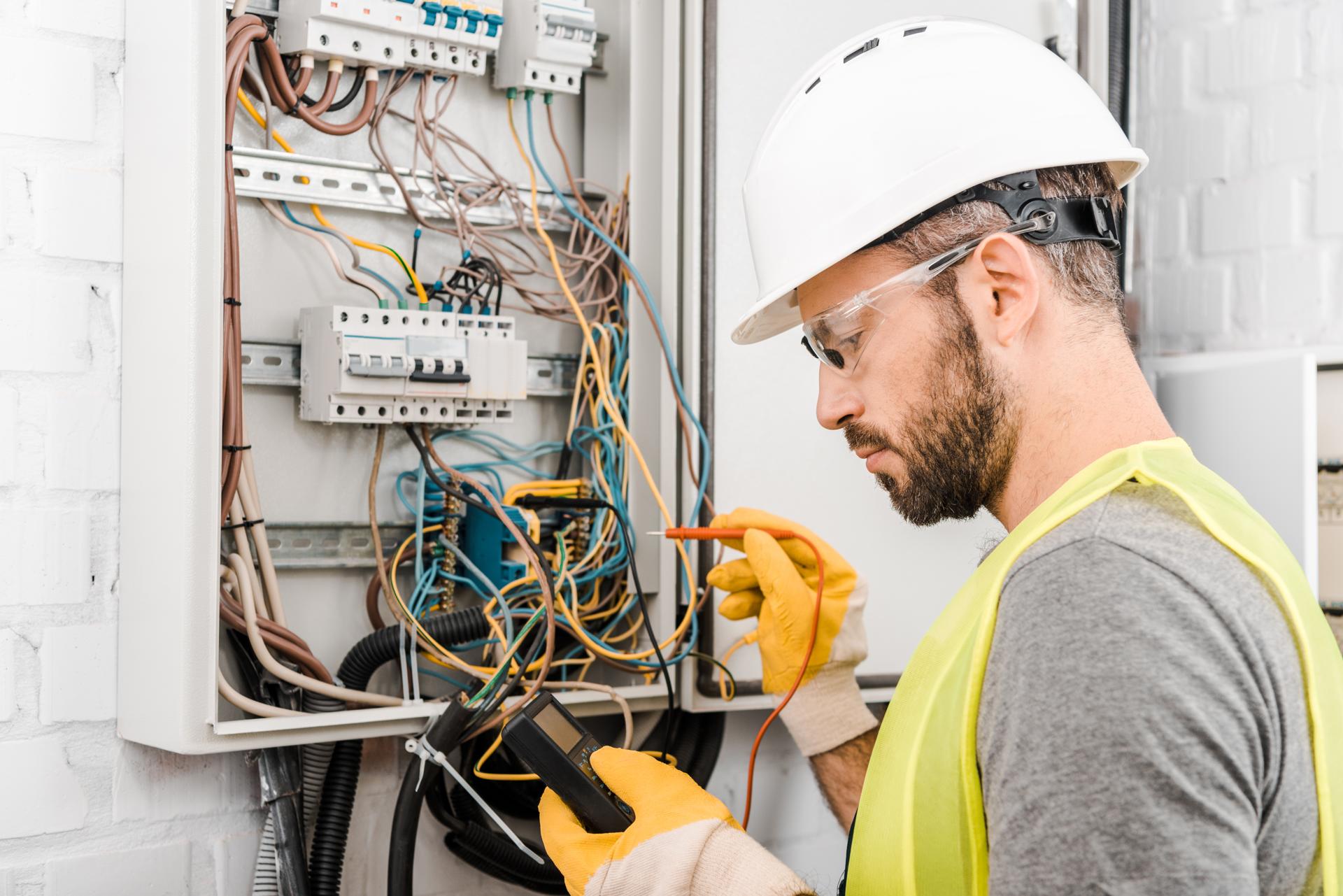Electrical Wiring 101: What You Need to Know in Your Home

Electricity is a vital part of our everyday life, powering everything from the lights in your homes, to devices we use on a daily basis. However, electric systems may be complicated knowing how they work isn’t easy. In this article, we’ll break down the various components that make up an electric system, and show how circuits operate to power devices and appliances. Our residential electricians can handle any electrical jobs you need.
The components of an electrical system
An electrical system is comprised of several essential components that work to supply power to a home. They include:
Breaker box: the central source of electrical power in homes in which the power is divided into different circuits
Outlets and switches: the points where electricity is delivered to devices and appliances
Wiring: the electrical wires that transmit electric current from the box, to the outlets and switches
Electronic appliances and gadgets: the appliances and devices that require electricity to function.
Electrical Circuits
A circuit of electricity is a pathway which allows electricity to flow from the point of origin (the breaker box) to the devices and appliances in the home. There are two types of electrical circuits found in a home which are 120-volt circuits and circuits with 240-volt voltage. 120-volt circuits are used for most household devices and appliances, whereas the 240-volt circuits are utilized for larger appliances like dryers, air conditioners and electric ones.
Electrical circuits work by creating an electrical loop that allows power to flow from the source into the appliance or device. The loop consists of a hot wire which is the conduit for electricity, a neutral wire that completes the circuit as well as the ground wire which provides a path for electricity to reach the ground in the event of a fault.
Understanding the electrical Wiring
Electrical wiring comes in several different types, including non-metallic sheathed wire (NM) and armored cable (AC) and conduit. Each comes with its own pros and drawbacks and the selection of the wiring type is contingent upon the particular requirements that the location requires.
Wiring conducts electricity through the creation of electrons that travel through the wire. The electrons flow from the source to the device or appliance and then back to the source through the neutral wire. It is crucial to make sure that the wiring is put in place and maintained correctly, as improper wiring can cause electrical hazards like shocks and fires.
Common Electrical Problems
The most frequent electrical problems found at home include tripping breakers, flickering lights and disconnected outlets. These problems can be caused by a variety of factors such as overloading circuits poor connections, or faulty wiring.
If you are experiencing any of these issues, it’s essential to identify the source and take steps to correct the issue. In some cases, this may involve contacting an accredited electrician to inspect and repair the wiring.
Final Conclusion, as well as a Call to Action
In the end, knowing how electrical wiring works is vital to ensure the safety and security of your home’s electrical system. If you follow the rules laid out in this guide, you can stay secure and avoid potential dangers.
Should you ever have questions or concerns regarding the electrical system in your home Don’t hesitate to reach out to Local Electrician Seven Hills. Our electricians are licensed and have the knowledge and expertise to handle all your electrical needs. Contact us at 1300 610 481 to schedule a consultation.
FAQ
What are the symptoms of faulty electrical wiring?
The signs of an electrical wiring issue may include tripping breakers flickering lights, or dead outlets, among others.
What is the best time to have my home’s electrical system inspected?
It’s suggested that you ensure that your electrical system is checked by an accredited electrician every 10 years.
What is the life expectancy of wiring that is electrical?
The lifespan of electrical wiring is dependent on several factors, including the kind of wiring used, the setting it’s placed in, and the quality of installation. The majority of electrical wiring can last up to 30 years or more, with proper installation and maintenance.
Do I have the ability to fix electrical issues myself or should I always employ an electrician?
Although some electrical issues can be fixed by homeowners, it is advised to hire a licensed electrician for most electrical repairs. Attempting to fix electrical problems without proper training and expertise is risky and could cause damage or injury in your house.
What should I do if I encounter an electrical problem at home?
In the event of an electrical emergency, the first step is to shut off the power to the affected location by turning off the fuse or breaker. After that, you should contact a licensed electrician to inspect and repair the problem as quickly as is possible.
By following these rules, you can ensure the security and reliability of your home’s electrical system and prevent potential hazards. Be aware that when it comes to electrical repairs as well as installations, it’s always best to trust the experts. Contact Local Electrician Seven Hills at 1300 610 481 to discuss all of your electrical requirements.
